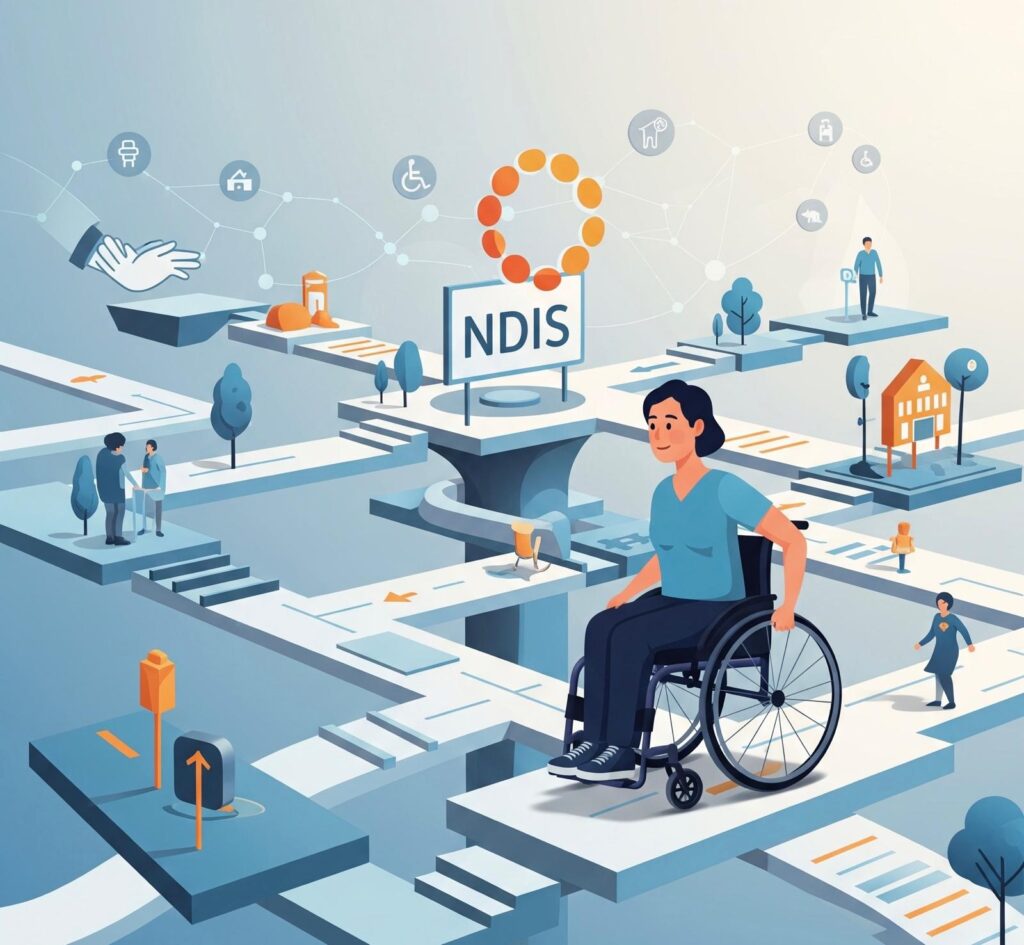Post-Traumatic Stress Disorder (PTSD) is a significant mental health issue among law enforcement officers. These individuals are frequently exposed to traumatic events such as violence, accidents, and death, which can lead to psychological distress. This article explores the prevalence of PTSD in law enforcement, the factors contributing to its development, and effective treatment strategies for officers experiencing trauma-related symptoms.
Keywords: PTSD in law enforcement, Post-traumatic stress disorder in police, Trauma and law enforcement officers, Occupational stress and PTSD, Law enforcement mental health, Police PTSD treatment strategies, Trauma-focused therapy for PTSD
The Prevalence of PTSD in Law Enforcement
Research indicates that PTSD is more prevalent among law enforcement personnel than in the general population. Studies suggest that between 7% and 19% of police officers experience PTSD symptoms, compared to about 3.5% in the general population (Marmar et al. 2006). This higher prevalence is attributed to the repeated exposure to traumatic situations that are inherent to law enforcement work, such as handling violent crimes, attending accidents, and being involved in life-threatening incidents.
Frequent exposure to trauma over time can result in cumulative stress, which increases the likelihood of developing PTSD. Officers may also experience critical incident stress, where a single, highly traumatic event triggers PTSD symptoms. Factors such as the nature of the trauma, personal resilience, and support systems can influence whether an individual develops PTSD (Brewin et al. 2000).
Symptoms of PTSD in Law Enforcement
PTSD symptoms in law enforcement officers mirror those found in the general population. These include:
- Intrusive thoughts or flashbacks of the traumatic event.
- Avoidance behaviours, such as staying away from places or situations that remind them of the trauma.
- Hyperarousal, which includes heightened vigilance, irritability, and difficulty sleeping.
- Emotional numbness or detachment from others, which can affect personal and professional relationships (American Psychiatric Association 2013).
In law enforcement, these symptoms can also manifest in ways that impair job performance. Officers with PTSD may struggle with decision-making, maintaining concentration, and managing conflict, which are critical aspects of their role.
Factors Contributing to PTSD in Law Enforcement
Several factors can increase the likelihood of developing PTSD among law enforcement officers:
1. Repeated Exposure to Trauma
Law enforcement officers face a range of traumatic events during their careers, from witnessing violent crimes to being involved in deadly confrontations. The cumulative effect of these experiences can wear down an officer’s psychological resilience, making them more susceptible to PTSD (Breslau et al. 1998).
2. Occupational Stress
Law enforcement work is inherently stressful, even without direct exposure to trauma. High workloads, irregular hours, and the constant need for vigilance can lead to chronic stress, which can contribute to the development of PTSD. Moreover, organisational factors such as lack of support from superiors and insufficient mental health resources can exacerbate stress levels (Papazoglou & Tuttle 2018).
3. Stigma and Barriers to Seeking Help
Many officers may hesitate to seek help for PTSD due to the stigma associated with mental health issues in law enforcement culture. There is often pressure to appear tough and unemotional, which can discourage individuals from acknowledging their struggles or seeking treatment. This stigma can lead to untreated PTSD, further compounding the issue (Haugen et al. 2017).
The Impact of PTSD on Law Enforcement Officers
The impact of PTSD on officers can be profound, affecting their personal lives, job performance, and long-term mental health. Job-related consequences include impaired decision-making, difficulties with attention, and a higher likelihood of mistakes under pressure. This can affect both the safety of the officer and the public.
On a personal level, officers with PTSD may experience relationship difficulties, emotional detachment, and a higher risk of substance abuse as they attempt to cope with their symptoms (Violanti et al. 2018). Without treatment, PTSD can also increase the risk of developing other mental health conditions such as depression or anxiety.
Treatment and Support for Law Enforcement Officers with PTSD
Effective treatment for PTSD in law enforcement includes a combination of psychological therapies and support systems. Cognitive Behavioural Therapy (CBT), particularly trauma-focused CBT, is considered one of the most effective treatments for PTSD. It helps individuals process traumatic memories and develop healthier coping mechanisms (Bisson et al. 2007).
Eye Movement Desensitisation and Reprocessing (EMDR) is another evidence-based therapy that has shown success in treating trauma-related disorders. This approach helps individuals reprocess traumatic memories to reduce their emotional impact.
Law enforcement agencies can also play a role in supporting officers by fostering a culture of mental health awareness. This includes providing access to mental health resources, peer support programs, and training that encourages officers to seek help when needed. Reducing the stigma around mental health and promoting early intervention are crucial in preventing long-term psychological damage (Papazoglou & Tuttle 2018).
Conclusion
PTSD is a significant issue in law enforcement, driven by repeated exposure to trauma and occupational stress. Recognising the symptoms, addressing stigma, and providing access to effective treatment are essential steps in supporting officers’ mental health. By fostering a supportive environment that encourages seeking help, law enforcement agencies can reduce the impact of PTSD and ensure that officers receive the care they need to thrive both personally and professionally.
References
- American Psychiatric Association 2013, Diagnostic and Statistical Manual of Mental Disorders (DSM-5), 5th edn, American Psychiatric Publishing, Arlington, VA.
- Bisson, JI, Ehlers, A, Matthews, R, Pilling, S, Richards, D & Turner, S 2007, ‘Psychological treatments for chronic post-traumatic stress disorder: Systematic review and meta-analysis’, British Journal of Psychiatry, vol. 190, no. 2, pp. 97-104.
- Breslau, N, Davis, GC, Andreski, P & Peterson, EL 1998, ‘Traumatic events and posttraumatic stress disorder in an urban population of young adults’, Archives of General Psychiatry, vol. 48, no. 3, pp. 216-222.
- Brewin, CR, Andrews, B & Valentine, JD 2000, ‘Meta-analysis of risk factors for posttraumatic stress disorder in trauma-exposed adults’, Journal of Consulting and Clinical Psychology, vol. 68, no. 5, pp. 748-766.
- Haugen, PT, Evces, M & Weiss, DS 2017, ‘Treating posttraumatic stress disorder in first responders: A systematic review’, Clinical Psychology Review, vol. 41, pp. 58-69.
- Marmar, CR, McCaslin, SE, Metzler, TJ, Best, S, Weiss, DS, Fagan, J, Liberman, A & Pole, N 2006, ‘Predictors of posttraumatic stress in police and other first responders’, Annals of the New York Academy of Sciences, vol. 1071, no. 1, pp. 1-18.
- Papazoglou, K & Tuttle, BM 2018, ‘Fostering resilience among police’, Journal of Law Enforcement Leadership and Ethics, vol. 5, no. 1, pp. 44-56.
- Violanti, JM, Owens, SL, McCanlies, E, Fekedulegn, D, Shook-Sa, BE, Violanti, E, … & Andrew, ME 2018, ‘Law enforcement suicide: A review’, Policing, vol. 41, no. 2, pp. 261-272.
How to get in touch
If you or your NDIS participant need immediate mental healthcare assistance, feel free to get in contact with us on 1800 NEAR ME – admin@therapynearme.com.au.







